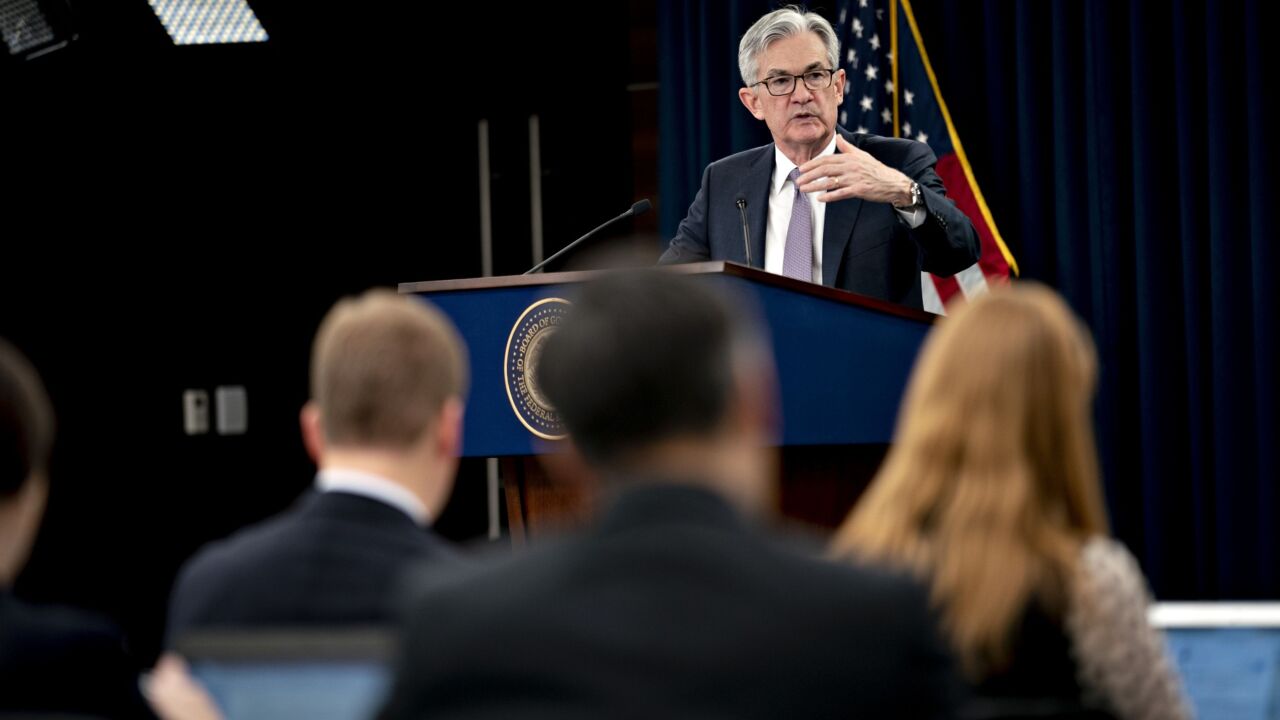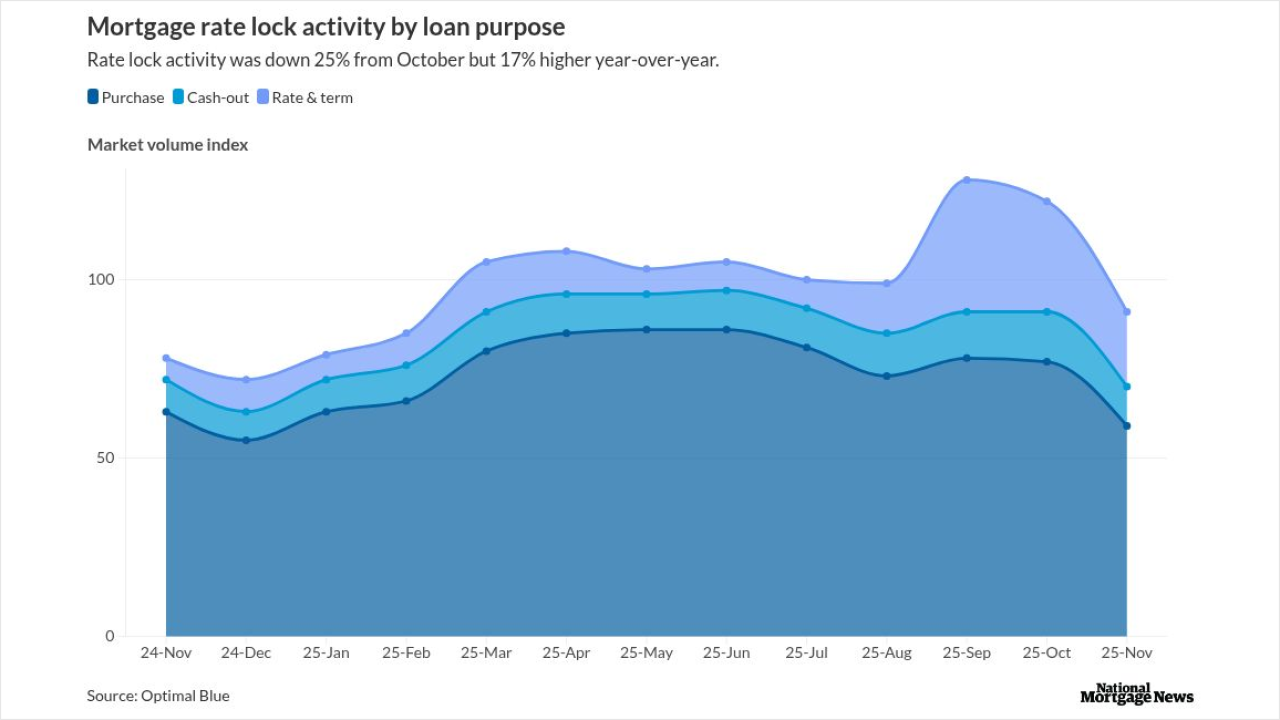Securitization deal sponsors sold $288.3 billion in asset-backed notes to investors in 2023, across auto, credit card, student loan, residential mortgage-backed securities (MBS) and commercial MBS, according to findings from the Asset Securitization Report's deal database.
New asset-backed securities (ABS) business for 2023 fell short of what the market did in 2022 by 21.4%, when sponsors completed $366.5 billion in new deals, the compiled data shows. It was a widely expected outcome, considering the challenges that this segment of the credit market was facing: escalating interest rates that meant higher yields, and softening fundamentals among asset classes like residential- and commercial- mortgage-backed securities.
The outcome also extended the market's underperformance for a second consecutive year since 2021, when the market produced $427 billion in new deals, according to the ASR database.
The picture under the surface
Performance among the major asset classes reflected the overall industry's outcome for 2023, after every asset grouping—except auto ABS—posted a lower tally for full-year 2023 than it had the previous year. Auto loans and leases was the only exception. It was the most productive by far, with $141.1 billion in new securitization business, compared with $120.2 billion in 2022, a 17.3% increase, the ASR database found.
Throughout the year, auto ABS was a stronger performer than the rest of the field, according to the ASR data. That was relatively speaking, however, because all of the sectors had fallen behind their 2022 tallies. Auto ABS completed $66.7 billion in new business in H1 2022, down from the $74.5 billion that it did in the same period in 2022. A strong push in issuance in the second half of 2023 helped raise the bar for auto ABS, thanks in part to supply from bank lenders that were new to the sector, such as Citizens Bank and Bank of America, which brought an influx of prime auto ABS to investors, according to Kroll Bond Rating Agency.

In a 2024 ABS sector overview, KBRA said it expects issuers to continue offering prime auto ABS to investors in 2024. At least Citizens Bank is already following that course. The sponsor is in the market now with
Elsewhere in ABS, credit card securitizations amounted to $18.6 billion, down sharply from the $31.1 billion in new business that it did in 2022. Student loans also fell short, churning out $6.5 billion in 2023, compared with $6.9 billion in new securitization business in 2022, according to ASR's database.
Fundamental problems
Outside of the consumer ABS asset classes, residential- and commercial- mortgage-backed securities were dealt their own setbacks, notably in the third quarter. New securitizations of residential mortgages stood at $77.9 billion, a 38.7% drop in 2023 compared with the $127.3 billion in business that was done in 2022. Analysts say that higher mortgage rates, which peaked at 7.78% in October for 30-year fixed-rate loans, according to Freddie Mac research, were to blame for the slowdown in business.
Performance fundamentals also chilled the underlying mortgage lending market. The Mortgage Bankers Association noted that by the end of Q3, delinquencies on mortgages that fund one- to four-unit residential properties rose to a seasonally adjusted rate of 3.62% of all loans outstanding, according to the MBA's National Delinquency Survey. It was not a standalone event, either. The MBA also noted that delinquencies were up 25 basis points from the second quarter and 17 basis points from one year ago.
Higher borrowing costs were just one of several problems that besieged the CMBS sector, which saw $44 billion in new originations for FY 2023, down from $80.8 billion for FY 2022. The sector's underperformance stemmed from shakier fundamentals. The office sector, for instance, experienced a drastic surge in vacancy rates by December 2023, almost reaching 14%, according to the national association of realtors.
Commercial and multifamily mortgage originations dropped about 49% in Q3 2023 compared to the previous year, according to the MBA. That certainly helped suppress new securitization supply.




